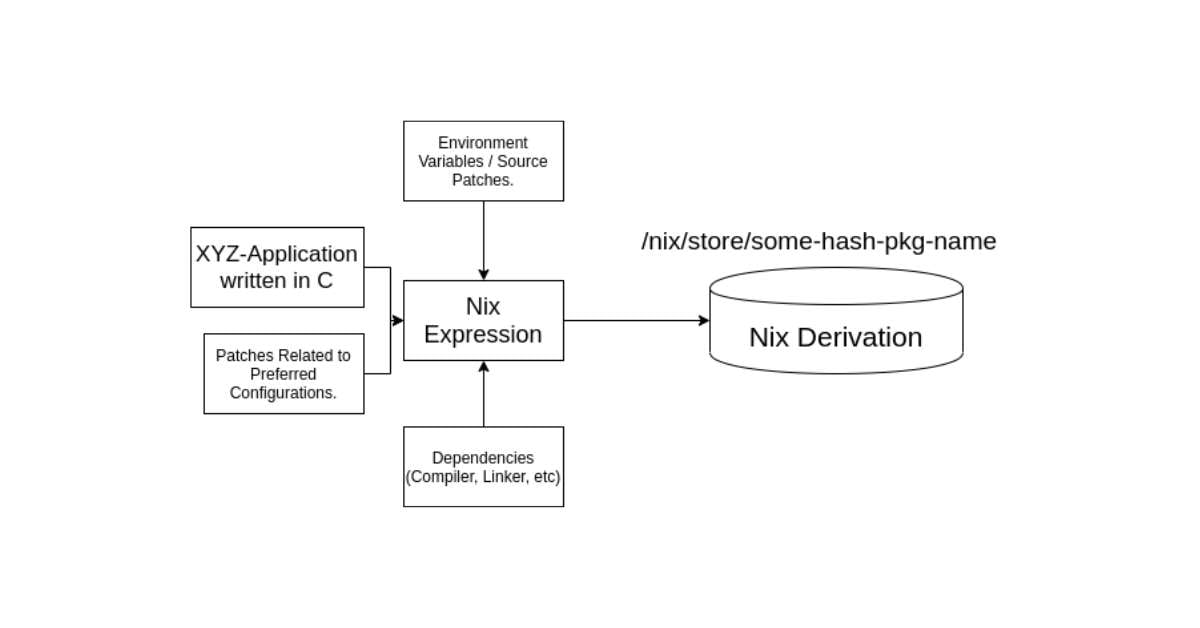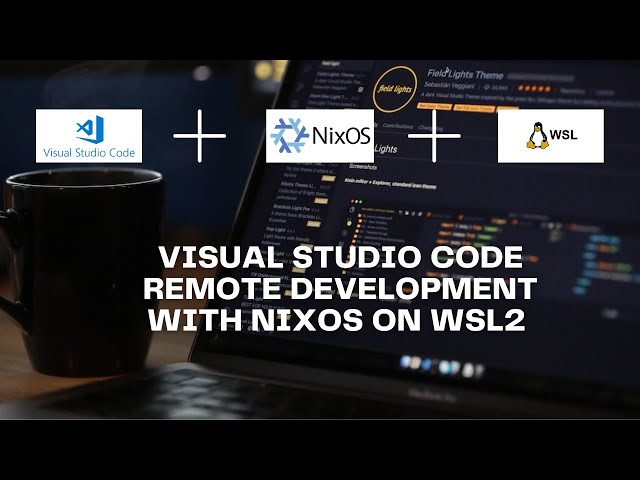Embracing the NixOS Revolution: A Journey Through Versatility
In the ever-shifting landscape of software development and system management, NixOS emerges as a breath of fresh air, boasting a unique blend of reproducibility, isolation, and flexibility. My journey with NixOS began several years ago during a search for a more reliable means to manage my development environments. What I discovered was not just a tool, but a philosophy that transformed the way I approach my work.
Key Principles of NixOS
NixOS leverages the power of the Nix package manager, which expertly handles package and configuration management with a declarative approach. This means that instead of mutating your system with direct commands, you describe your environment in a configuration file, ensuring that any modification can be tracked and rolled back as needed. The reproducibility this offers is revolutionary; the same configuration file can set up an identical system on any machine.
The isolation feature is particularly beneficial for developers. With Nix, it’s impossible for packages to interfere with each other since each package operates in its own environment. This is a game changer for those of us juggling multiple projects or experimenting with new tools. It allows for a clean slate, free from the baggage of previous installations.
 Exploring configuration possibilities in NixOS
Exploring configuration possibilities in NixOS
A Personal Experience
I vividly remember the first time I deployed a production application in NixOS. Previously, deploying software meant battling dependency hell, and overseeing a flurry of installations and environment variables. However, with NixOS, I simply defined my requirements in a .nix file, executed a single command, and watched my application come to life flawlessly across different environments. The confidence this instills in developers is unparalleled.
Navigating through package management in NixOS is also a refreshing experience. The Nix community has made a conscious effort to cultivate knowledge sharing. The wealth of resources, tutorials, and community support guarantees that newcomers feel welcome and empowered to explore this powerful tool. For fellow curious minds, I encourage diving into the NixOS Wiki — a treasure trove of information curated for the eager learner.
Challenges on the Path
While my experience has been largely positive, NixOS isn’t without its challenges. The learning curve can be steep for those accustomed to traditional package managers and systems. However, I consider this to be an investment in future productivity. As I navigated through initial hurdles, I grew to appreciate NixOS’s architecture and the robust methodologies it advocates.
"I once thought of NixOS as only meant for the tech-savvy, but it has proven to be a democratic tool, accessible to anyone willing to learn."
The growing ecosystem of GUI tools around NixOS is transforming the experience for users who prefer visual aids in their workflow. Who would have guessed that a minimalist approach could also embrace graphical interfaces? Applications like Nix-GUI and NixOps make managing configurations both intuitive and efficient.
The Future of NixOS
As I gaze upon the horizon of NixOS developments, I can’t help but feel excited about the endless possibilities. With continuous updates and an active developer community, it’s clear NixOS isn’t just a passing trend but a crucial player in the future of system management. More industries are recognizing the potential of DevOps practices, and NixOS fits seamlessly into this narrative, advocating for a culture of reproducibility and understanding among teams.
In conclusion, adopting NixOS is not merely about using another Linux distribution. It’s about embracing a new mindset—one that prioritizes configuration management and careful orchestration. For anyone considering a shift to a more robust system management strategy, I recommend taking the plunge into the NixOS world. Your projects will thank you!
 The innovative pathways of NixOS and its community
The innovative pathways of NixOS and its community
To explore more about NixOS and its offerings, don’t hesitate to check out the official NixOS website.


 Photo by
Photo by 










